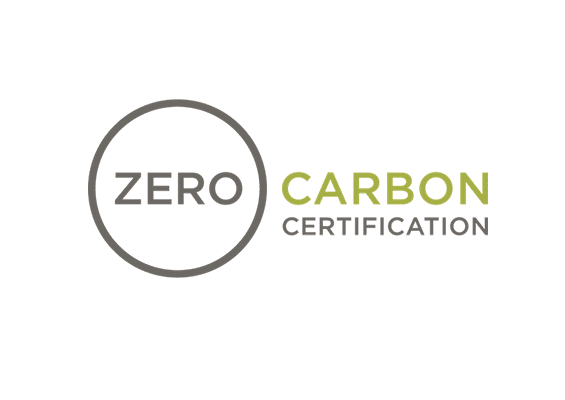Background
In 2018, ILFI’s Zero Carbon Certification was developed to directly address the building sector’s role in the global climate crisis. Zero Carbon Certification is a third-party verified standard to authenticate a project’s operational and embodied carbon emissions are neutralized. Performance requirements are specified for new and existing buildings and consider the following principles: Projects must first reduce, to the greatest extent possible, operational energy use and embodied carbon emissions associated with building materials and construction. A hundred percent of the operational energy use associated with a project must be offset by new on- or off-site renewable energy. A hundred percent of the project’s embodied carbon emissions associated with the construction and materials must be disclosed and offset.

